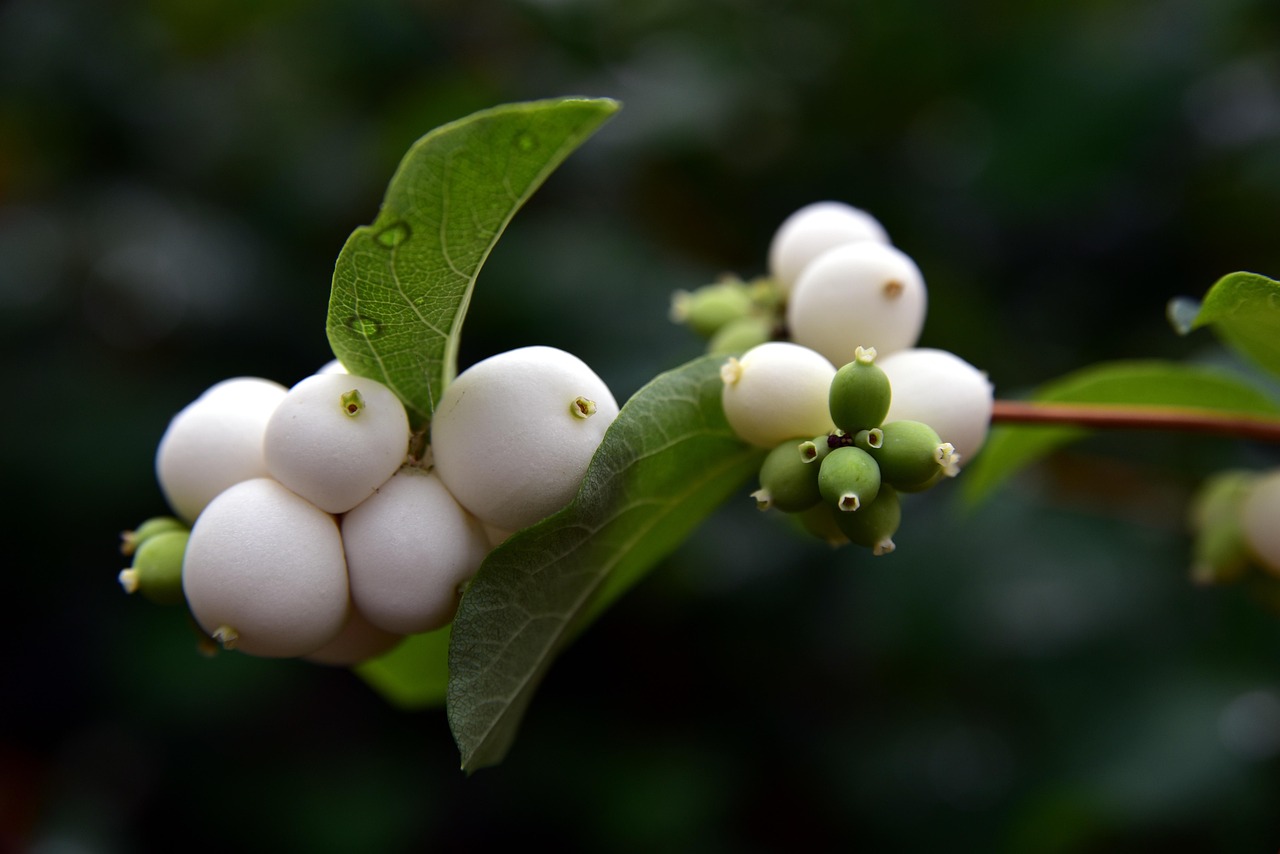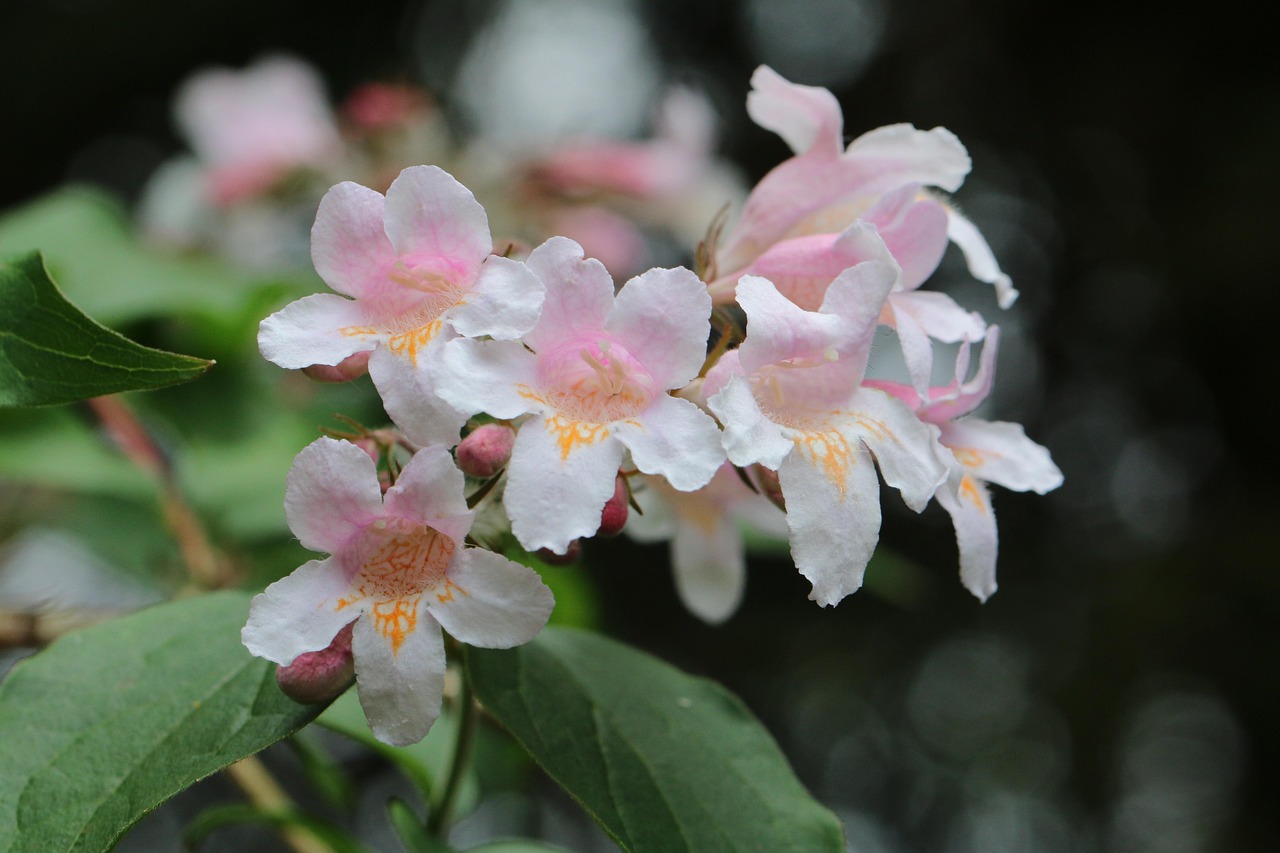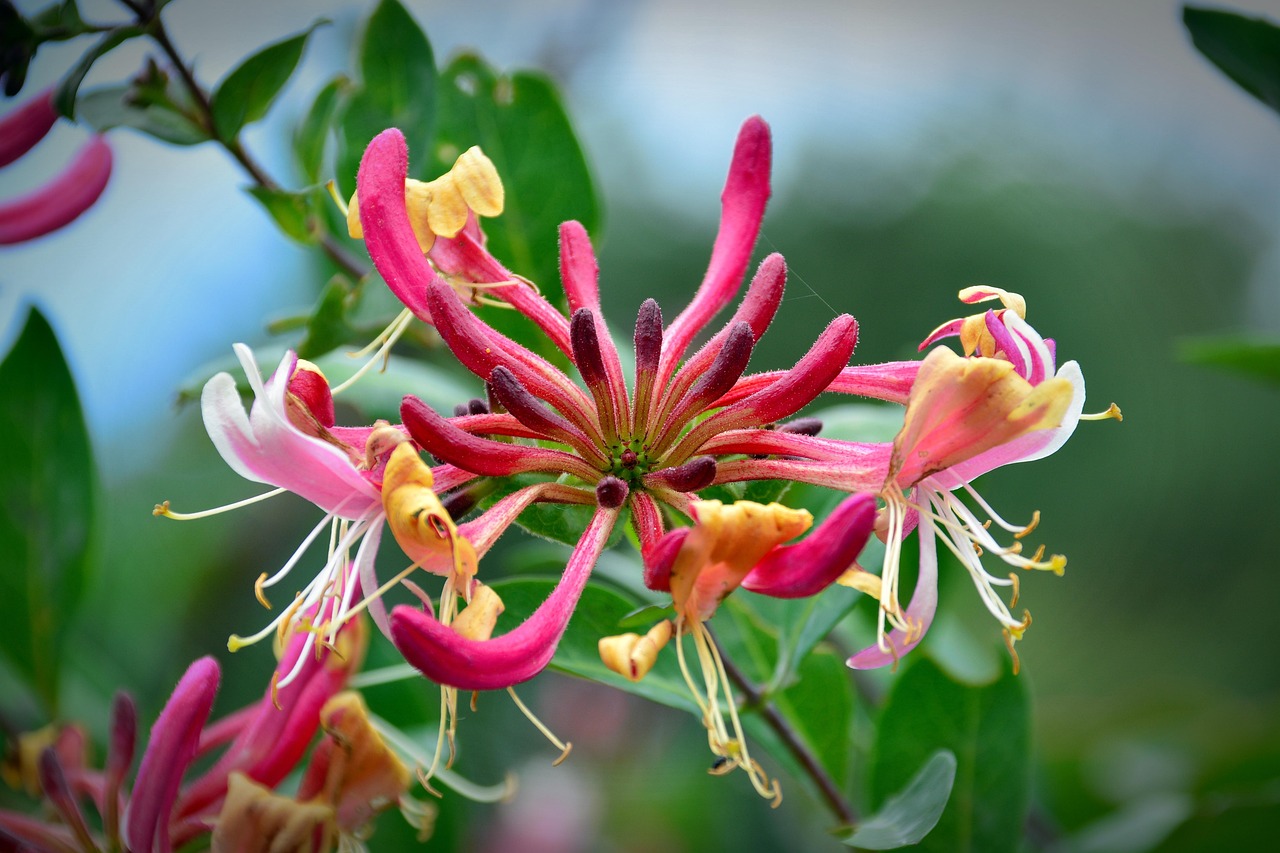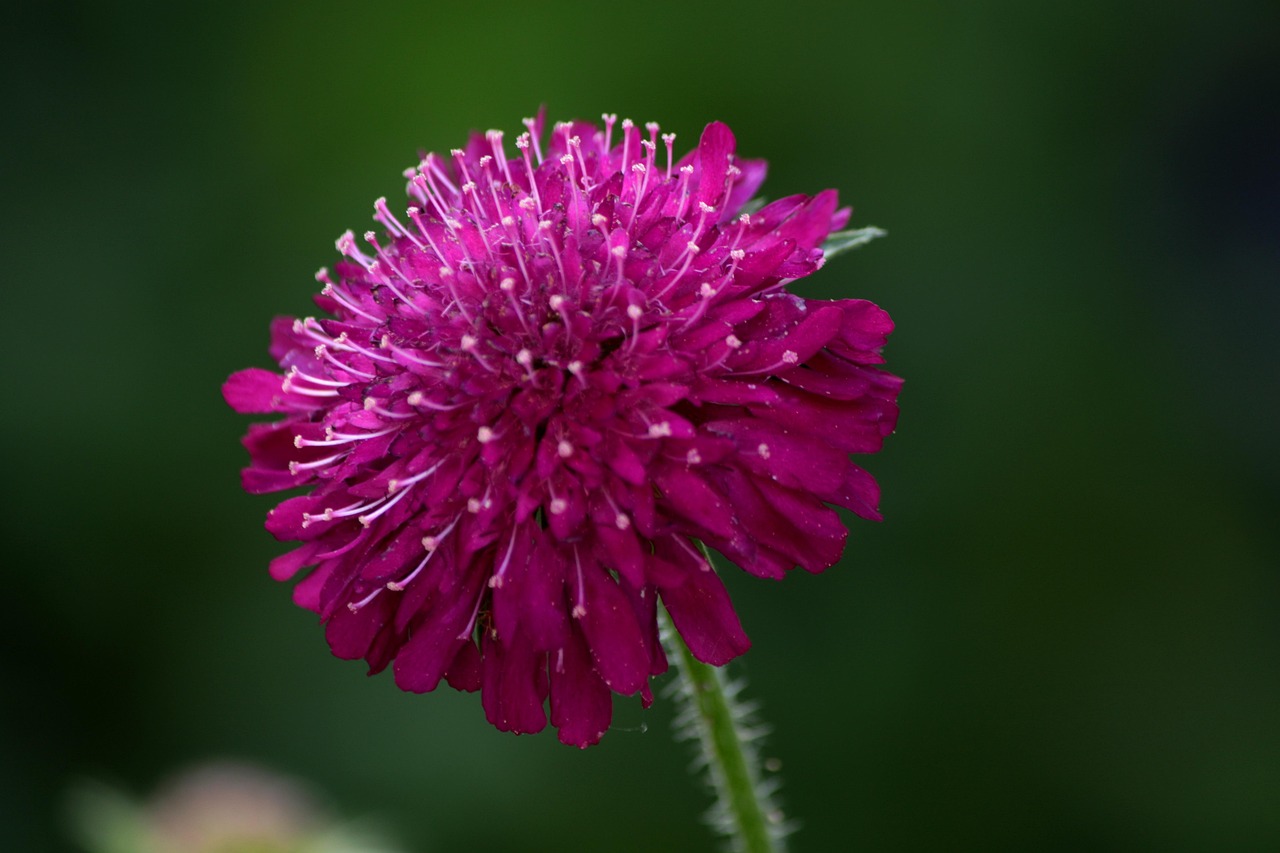Honeysuckle | A Fragrant Flower of Early Summer Evenings
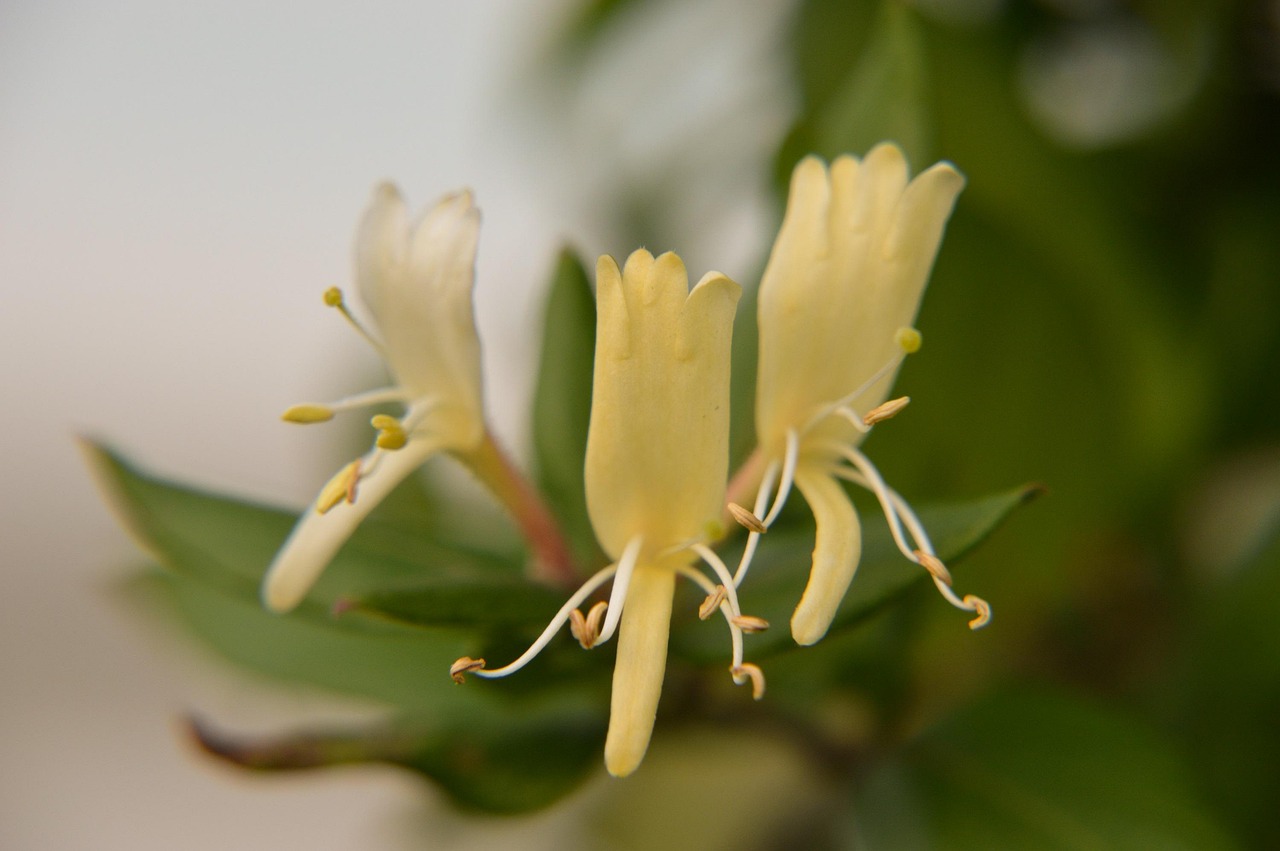
I introduce honeysuckle, a plant known for its sweet fragrance and vigorous climbing growth. For centuries, it has been cherished in gardens and hedges, not only in Japan but also in many countries around the world.
In this article, I will explain the basic information, cultural and historical background, and cultivation methods of honeysuckle.
Basic Information
- Scientific name: Lonicera japonica
- Family: Caprifoliaceae
- Origin: East Asia (Japan, China, Korea)
- Appearance: A climbing plant with opposite oval leaves. Its flowers change from white to yellow and emit a pleasant fragrance.
- Blooming season: From spring to summer, and in favorable conditions, even into autumn.
Cultural Significance Around the World
Thanks to its fragrance and vitality, honeysuckle has been regarded as a symbolic plant in many cultures.
In Japan, it has long been planted in gardens and hedges, and is considered a familiar plant. The color change of the flowers from white to yellow is seen as a symbol of marital harmony, and the plant is sometimes considered auspicious.
In China, it is known as “Rendong” (忍冬), symbolizing longevity and endurance because of its ability to withstand winter. It has also appeared in poetry and literature, representing the beauty of nature and the transience of life.
In Europe, honeysuckle began to be cultivated as an ornamental plant from the 16th century, and became widely seen in English and French gardens.
Historical Background
Honeysuckle is an ancient plant, recorded in early Chinese texts. By the Han dynasty (206 BC – 220 AD), it had already appeared in written sources and gradually spread across regions over centuries.
It reached Europe around the 16th century and became established as a popular garden plant.
In 17th-century England, honeysuckle was often trained over arches and fences, becoming an elegant feature of noble gardens.
During the Victorian era, its fragrant flowers became symbols for lovers and appeared frequently in poetry and novels.
In Japan, honeysuckle is even mentioned in the Manyoshu, an ancient collection of poems, showing its deep connection to people’s lives since early times. By the Edo period, it gained popularity as a horticultural plant, with various cultivars being developed.
Gardening Advice
Honeysuckle grows quickly, and with proper care, you can enjoy its beautiful flowers and fragrance.
Sunlight
Prefers sunny locations, though it can also grow in partial shade. Adequate sunlight encourages more abundant flowering.
Watering
While drought-tolerant, it needs regular watering right after planting and during summer. Water thoroughly when the soil surface dries out.
Soil
Prefers well-drained soil. Mixing compost or leaf mold into general potting soil promotes root growth.
Pruning
Since it grows vigorously, prune once or twice a year. Pruning after flowering helps shape the plant for the next season.
Training
As a climbing plant, it looks beautiful when trained along fences or arches. Installing supports makes it easier to manage.
Cold tolerance
Fairly cold-hardy, suitable for outdoor cultivation in most parts of Japan. In colder regions, mulching the base during winter provides extra protection.
Conclusion
Honeysuckle is a distinctive plant, admired for its sweet fragrance and climbing growth.
In Japan and China, it has been regarded as a symbol of longevity and endurance, while in Europe it has been cherished as a flower of love.
Throughout history, it has frequently appeared in poetry and literature, and has spread worldwide as an ornamental plant.
Easy to manage and highly decorative, it enhances fences and arches with seasonal beauty. I encourage you to bring the fragrant blossoms of honeysuckle into your daily life.


